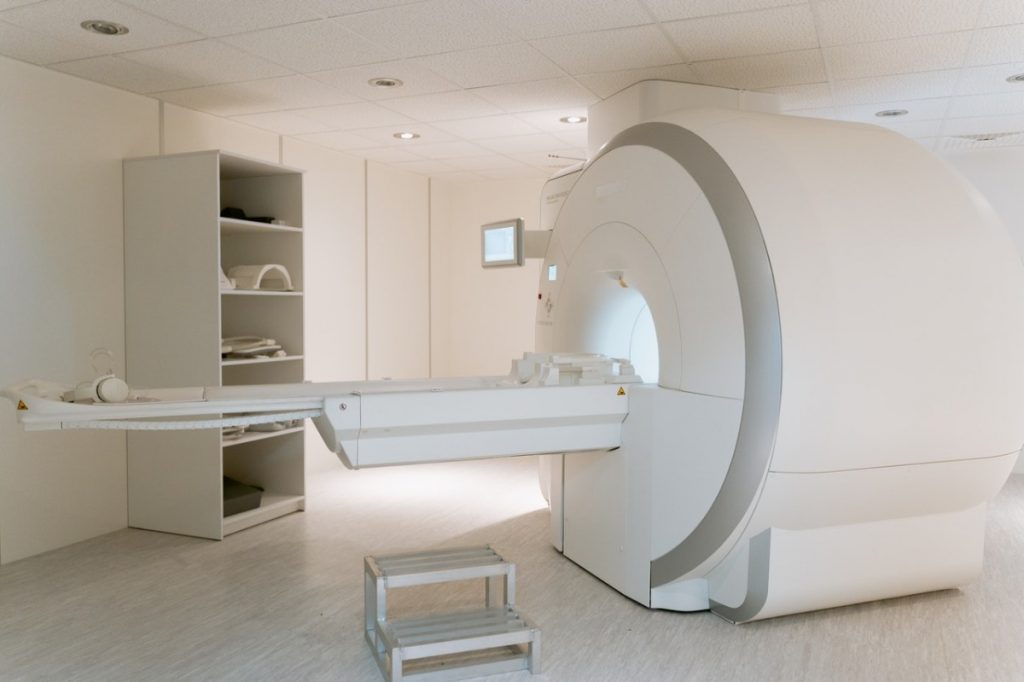Elderly people and patients with terminal conditions require home health care at some point in their lives. While receiving care in a long-term care facility is still a viable option, many seniors and terminal patients opt to live out the rest of their days in the place where they are most comfortable and familiar with–their homes.
Previously, home health care was not as accessible as it is today. Many families opted to admit their loved ones in a facility, afraid that they could not provide good-quality care in their own homes, and for many, home health care was even less affordable than long-term care facilities. Today, it’s a different story. Through countless medical and technological innovations, home health care is accessible, safe, and effective now more than ever.
Here are some of the innovations that have made that possible:
1. Digital marketing for HHAs
Finding a home health care agency (HHA) that best fits a patient’s needs is easier said than done. And for home health care agencies themselves, acquiring patients meant they had to rely on traditional and usually outdated forms of marketing. With the rapid growth of digital marketing, however, there are now companies that cater specifically to HHAs, with Care Marketing as one of the prime examples. Today, HHAs can harness the power of SEO, social media, email marketing, PPC, and other digital techniques to bring more patients their way, and sometimes even at the fraction of the cost of traditional marketing.
2. Advanced camera systems
Surveillance cameras have come a long way from having grainy footage, limited memory storage, and minimum mobility. The modern surveillance cameras of today can now capture both audio and video in high-definition, function in low light, store multiple gigabytes of footage, detect unusual movement, and perform a lot of other functions that we would never have imagined in the past. As a result, they have become extremely valuable tools in safety and security, especially when it comes to home health care.
Senior citizens and terminally-ill patients cannot be left on their own for too long, but it is often impossible to have someone watching over them 24/7. Moreover, these patients still need some semblance of privacy to maintain a good quality of life. Advanced camera systems make it possible to watch over home health care patients without staying glued to their side. With this type of technology, loved ones and healthcare staff can perform other tasks and still keep an eye on their patients. On top of that, patients are able to enjoy privacy without putting themselves at risk.

3. The Internet of Medical Things (IoMT)
IoMT is a subset of the Internet of Things or IoT. The term refers to medical devices and other innovations that are connected to a network, which are primarily used to collect, monitor, and analyze health data. Examples of IoMT include implants for medical monitoring, digital therapy machines, and wearable medical management devices that monitor patients remotely.
All of these and more provide a significant benefit to home health care patients and staff by making medical management easier. Moreover, it helps both patients and HHAs cope with the rapidly rising costs of healthcare by reducing labor hours and eliminating the need for more expensive medical management devices.
4. Telemedicine
Telemedicine allows patients to consult with healthcare professionals through computers, smartphones, or tablets. For home health care patients, this means they can receive diagnosis and monitoring from their healthcare providers without leaving the house or having their provider make a physical visit.
There are so many benefits to this technological solution, but perhaps the biggest one is convenience. Home health care patients don’t have to travel, wait in a lobby, and possibly expose themselves to hospital-transmitted illnesses just to consult with their provider. Second is the cost savings. With the rising costs of health care, telemedicine is a more cost-effective alternative for both patients and providers as it eliminates the expenses of travel, overhead, and labor.
5. Active and passive alarm systems
Many home health care patients still have a certain level of independence. With that being said, some patients can still perform basic functions in the house, such as cooking and bathing. However, there is always a risk of them forgetting to turn off the stove, turn off the faucet in the bathtub, or lock the front door at night. To address these risks, active alarm systems detect immediate dangers (fires, floods, intruders), while passive alarm systems detect possible risks (impending fires, suspicious activity, etc.)
With these technologies, home health care has become more accessible, safe, and effective. And with the way things are developing today, we can only expect more solutions to come in the future.
